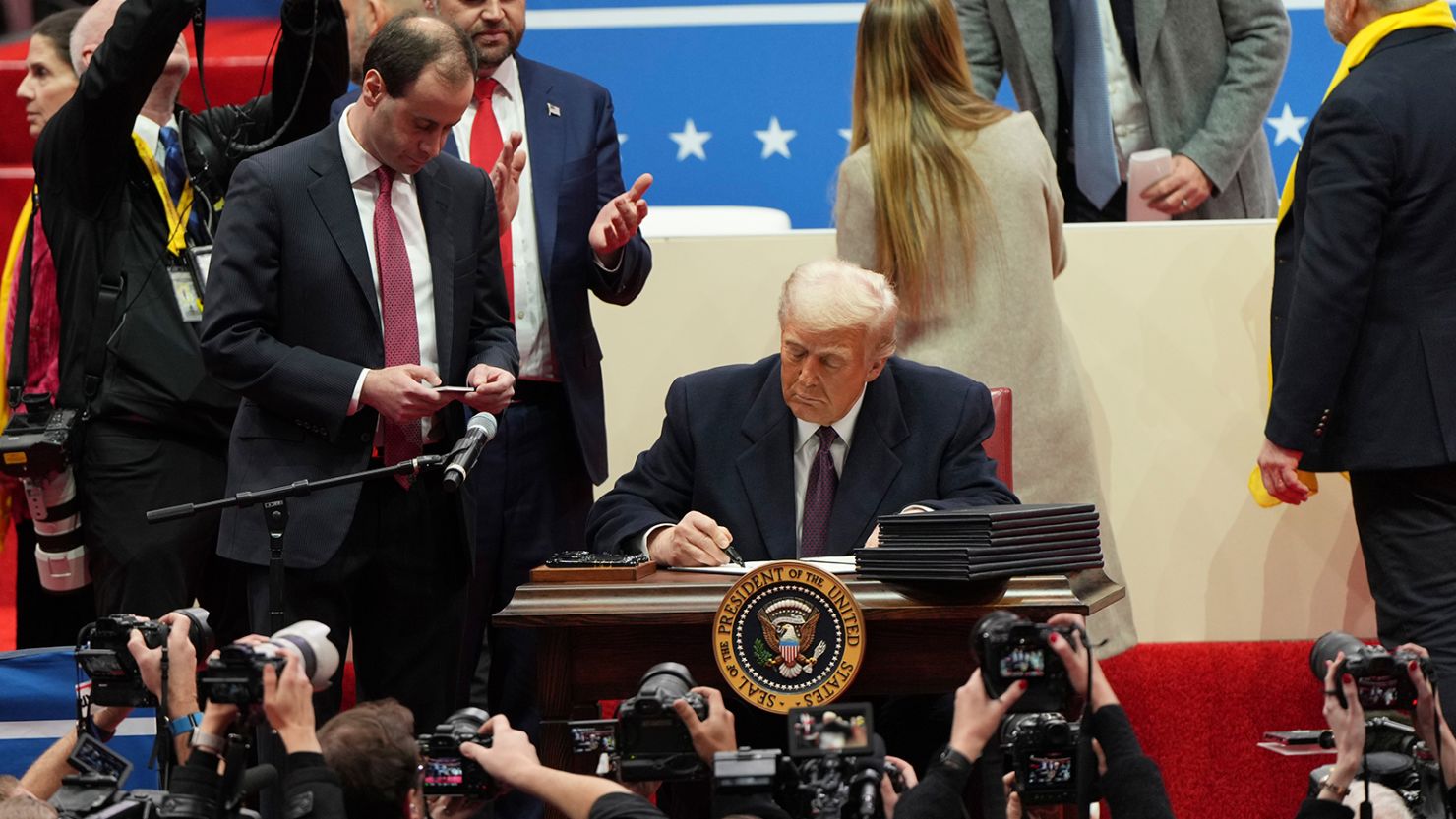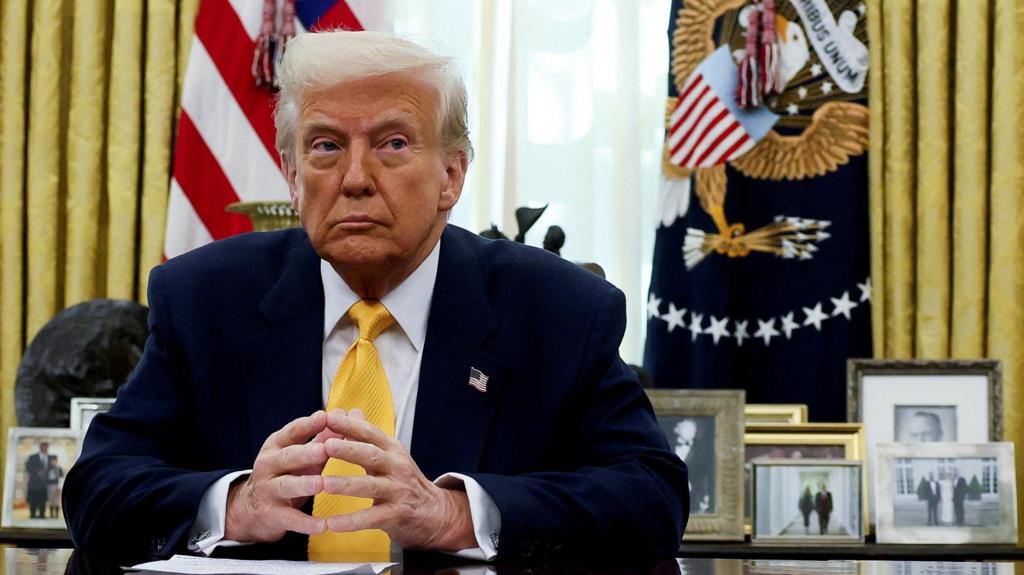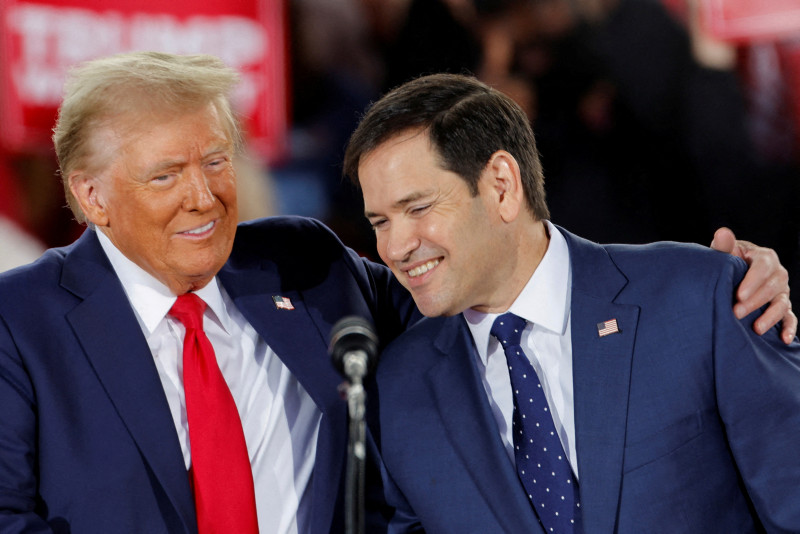Former President Donald Trump has consistently demonstrated his ability to command attention with bold and transformative policy proposals. As he continues to lay the groundwork for a potential second term in the White House, Trump has signaled an ambitious plan to reshape the structure and functionality of the United States government. This sweeping vision, driven by a series of executive actions, represents a stark departure from traditional governance norms and highlights his intent to consolidate executive authority while dramatically altering the federal bureaucracy.
In this article, we delve into Trump’s proposed agenda, the implications of his executive actions, the criticisms they have garnered, and the potential impact on American democracy.
A Vision of Expansive Executive Power
Donald Trump’s plan to reshape the U.S. government rests on a foundation of consolidating power within the executive branch. His proposed actions include significant changes to the federal workforce, regulatory oversight, and the balance of power between the executive, legislative, and judicial branches.
1. Revamping the Federal Workforce
One of Trump’s key proposals is to overhaul the federal bureaucracy. Central to this effort is a potential expansion of “Schedule F,” a controversial executive order he introduced during his first term but which was rescinded by President Joe Biden. Schedule F would reclassify tens of thousands of federal civil service positions as “at-will” roles, allowing for easier hiring and firing of government employees.
Under this system, federal workers could be dismissed for political reasons, a stark shift from the current system that emphasizes merit-based hiring and protections against political interference. Supporters argue that such changes would increase accountability and efficiency, while critics warn that it could politicize the civil service and erode its independence.
2. Strengthening Presidential Authority
Trump has also suggested expanding the scope of executive orders to bypass congressional gridlock and implement his policies unilaterally. This would empower the president to wield significant authority over critical areas, such as immigration, education, and national security, without requiring legislative approval.
During his first term, Trump frequently used executive actions to advance his agenda, such as imposing travel bans, redirecting funds for border wall construction, and withdrawing the U.S. from international agreements. A second term could see an even greater reliance on these tools, further redefining the role of the presidency.
3. Scaling Back Regulatory Oversight
Deregulation remains a cornerstone of Trump’s vision for governance. He aims to reduce the influence of regulatory agencies by curbing their authority to enforce rules and regulations. This includes revisiting environmental protections, labor laws, and healthcare policies.
Trump’s first term saw the rollback of over 100 environmental regulations and the loosening of restrictions on industries such as energy and manufacturing. If re-elected, he is expected to pursue even more aggressive deregulation to foster what he describes as a pro-business environment.
Implications for American Governance
Trump’s proposed executive actions have far-reaching implications for the structure and function of the U.S. government. While his supporters view these measures as necessary to “drain the swamp” and restore power to the people, critics argue that they risk undermining democratic principles and institutional safeguards.
1. Centralization of Power
One of the most significant concerns surrounding Trump’s agenda is the potential centralization of power within the executive branch. By expanding the president’s authority to act unilaterally, these changes could weaken the system of checks and balances that underpins American democracy.
The legislative and judicial branches, designed to provide oversight and prevent abuses of power, could face diminished influence in shaping national policy. This raises questions about accountability and the long-term health of democratic institutions.
2. Politicization of the Civil Service
The proposed overhaul of the federal workforce could fundamentally alter the nature of public service in the United States. By allowing for the dismissal of civil servants based on political considerations, Schedule F threatens to erode the nonpartisan foundation of the bureaucracy.
Critics argue that this could lead to a “loyalty test” culture, where government employees feel pressured to align with the administration’s political views to retain their jobs. Such a shift would compromise the integrity and professionalism of federal agencies.
3. Regulatory Rollbacks and Public Policy
Deregulation has both supporters and detractors. Proponents argue that reducing bureaucratic red tape can spur economic growth, create jobs, and encourage innovation. However, critics contend that such rollbacks often come at the expense of public health, safety, and environmental protections.
For example, weakening regulations on emissions standards could lead to increased pollution and exacerbate climate change, while reducing oversight of financial institutions could heighten the risk of economic instability.
Criticism and Controversy
Trump’s proposed executive actions have sparked fierce debate across the political spectrum. While his supporters hail these measures as bold steps toward reform, opponents warn of potential dangers to democracy, governance, and civil liberties.
1. Concerns About Authoritarianism
Critics have accused Trump of embracing authoritarian tendencies by seeking to expand presidential power at the expense of other branches of government. Legal scholars and political analysts have raised alarm about the erosion of democratic norms and the potential for unchecked executive authority.
2. Legal and Constitutional Challenges
Many of Trump’s proposed actions are likely to face legal challenges, as they push the boundaries of existing laws and constitutional limits. For example, expanding Schedule F could be contested in court for undermining established civil service protections.
Additionally, aggressive use of executive orders may encounter resistance from Congress and the judiciary, creating a contentious political landscape.
3. Public Perception and Political Polarization
Trump’s agenda has further deepened political polarization in the United States. While his base views him as a transformative leader willing to challenge the status quo, his opponents see his proposals as an attack on democratic institutions.
This divide is reflective of broader societal tensions, as Americans grapple with questions about the role of government, the balance of power, and the future of the nation’s political system.
Supporters’ Perspective
Despite the controversies, Trump’s proposals have garnered significant support among his base and conservative circles. Many view his agenda as a necessary course correction to address what they perceive as inefficiencies, corruption, and overreach within the federal government.
1. Draining the Swamp
Trump’s promise to “drain the swamp” has resonated with voters who feel disillusioned by traditional politics and bureaucratic inertia. His supporters argue that empowering the executive branch and reforming the civil service are essential steps to break the cycle of political gridlock and inefficiency.
2. Economic Growth and Deregulation
Deregulation is a central pillar of Trump’s economic vision. Supporters believe that reducing government interference will unlock economic potential, create jobs, and strengthen America’s global competitiveness.
3. Strong Leadership
For many of Trump’s followers, his willingness to challenge established norms and assert strong leadership is a key selling point. They view his executive actions as evidence of his commitment to delivering results and prioritizing America’s interests.
The Road Ahead
As Trump positions himself for a potential return to the White House, his agenda represents a bold and contentious vision for the future of American governance. The sweeping executive actions he proposes are a double-edged sword, offering the promise of reform but also raising profound questions about power, accountability, and democracy.
The outcome of Trump’s efforts will ultimately depend on a combination of political dynamics, public opinion, and legal challenges. Regardless of the final result, his proposals have already sparked a national conversation about the role of the presidency and the future of the United States government.
In the end, Trump’s vision to reshape the U.S. government underscores the enduring tensions between change and tradition, reform and stability, and power and accountability. Whether his agenda is realized or remains an ambitious blueprint, it serves as a reminder of the stakes involved in shaping the nation’s future.



